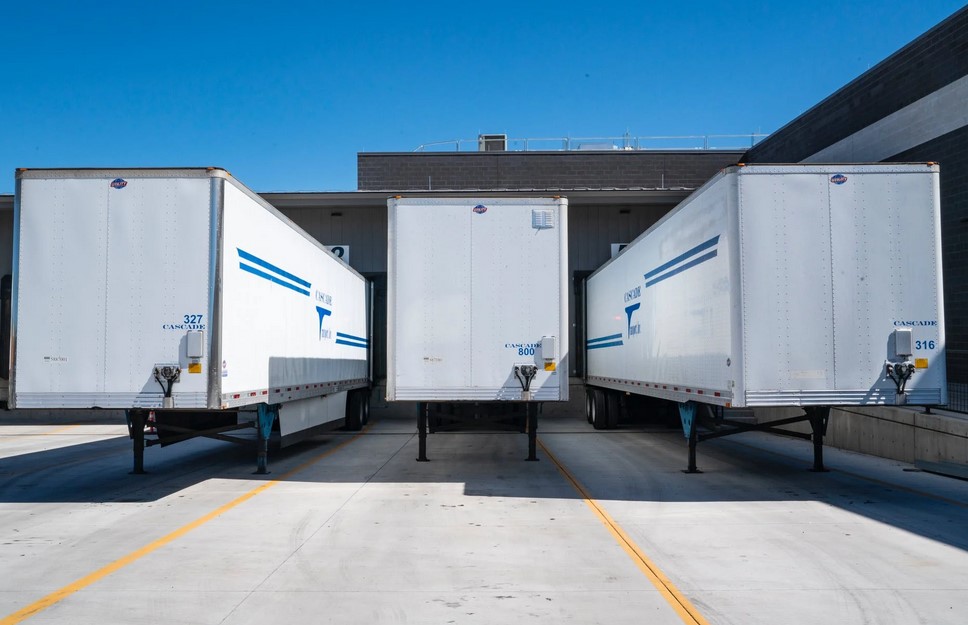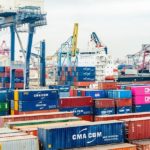In 2018, $796.7 billion was the revenue generated by the US freight trucking industry. This industry employs millions of Americans across various sectors of fleet management like road, water, and air transportation.
The logistics industry underwent a sea change with the influx of technology into the sector, particularly in the form of IoT (internet of things). Devices that monitor all aspects of the vehicle, instantly send alerts to the concerned parties and collect gigabytes of data every hour have become the building blocks of today’s fleet management business. If you are planning for a company dealing with fleet management and repair, here is everything you need to know.
How Fleet Equipment Have Become Smarter
Fleet vehicles like trucks and carriers now come equipped with several devices and sensors to track several operational parameters. This technology, bringing together telecommunication systems and informatics, is called telematics. Data collected from the vehicle is sent over a cellular or satellite network to a central server, from where the interested parties (customers or fleet managers) can use the data for analysis or accounting.
Telematics Systems
The market size of fleet telematics systems in the US is almost $4 billion in 2020. The typical components of a telematics system include:
- GPS tracker
- Engine interface
- Input/output interface (expander port)
- SIM card
- Accelerometer
- Buzzer
The purpose of installing telematics in fleet equipment is to address five core areas in the logistics business: productivity, safety, optimization, compliance, and integration.
Technology in Fleet Management
Once you have all the necessary fleet, the telematics devices, and the drivers, you need to know how to use these in the best possible way.
- Digital Record-Keeping
One of the first things you must do when you purchase fleet is to maintain detailed records about all the equipment and personnel involved. Electronic record-keeping software tools not only help your company save millions of sheets of paper, but have made this process highly efficient and fast.
License plate numbers, driver names, and IDs and vehicle model and make should be stored in one database, and all the details about the packages you deliver – package code, pickup point, destination – should be stored separately. A link between the databases will automatically trace every package to the truck it is in, giving you the complete picture.
Digital timesheets and electronic logging devices (ELD) are useful to monitor the drivers’ performances; in fact, the ELD mandate has made it compulsory for commercial carriers to use ELDs. Devices on the vehicle automatically record departure and arrival times, as well as the number of stops or breaks, duration of each halt, and other details to electronically log the hours of service (HOS) for each driver. Managers can check these numbers to check if all the drivers have met their monthly or weekly targets while ensuring that all the drivers get sufficient rest.
- Location Tracking and Geo-Fencing
Earlier, it was sufficient to record only the departure time and arrival time of a truck carrying cargo. Today, logistics businesses and their customers have realized the need for continuous monitoring of the truck’s movement. If you want to run this business, you cannot do so without fleet GPS tracking devices.
Location trackers transmit real-time data about the geographical location of a carrier and the asset it is transporting. Besides conveying this information, GPS software can give drivers directions while driving, with a feature to quickly update the route if there are accidents or obstacles.
Geo-fencing technology has made it possible to send instant alerts to managers and customers whenever the truck or cargo enters or leaves a particular geographical region. This information can warn the fleet team of any unusual deviation from the planned route or unauthorized movement of a container. It can also inform the customer when the package crosses specific landmarks or checkpoints, giving them live updates about the expected arrival time.
- Vehicle Repair and Maintenance
An experienced driver will know when his car is giving trouble based on indicators like the engine sound or bumpiness of the ride. But, when you have a fleet of hundreds of vehicles, you need a more organized way of tracking the vehicle conditions.
Devices on the trucks and vehicles continuously monitor engine conditions to detect signs of repair or breakdown. This data is used to predict the optimal time to service the vehicle, which the devices transmit to the fleet manager. If trucks are repaired at the right time, it will save considerable time (no unnecessary downtime), fuel, and money.
- Accident Prevention
Vehicle maintenance is an integral part of fleet management, but no one likes to deal with the aftermath of an accident. That repair work can take ages or worse; you might have to render the truck useless except for scrap metal.
With telematics systems in place, including commercial fleet dash cam solutions like CameraMatics, you can prevent accidents and collisions. Gyroscopic sensors detect the presence of vehicles that are too close, and accelerometers safeguard the truck from harsh braking and overspeeding.
- Compliance
Every commercial container than travels US roads must maintain prescribed safety standards in braking systems, cargo load, vision assistance, and other aspects. Telematics devices can track these parameters and ensure there are no violations. The safer your commercial trucks are, the better your CSA (Compliance, Safety, Accountability) score.
Another important aspect from a legal point of view is the IFTA (International Fuel Tax Agreement), which decides the fuel tax paid by all commercial carriers. IFTA software applications, along with fuel sensors, automatically calculate the state-wise distance traveled and fuel consumed, making tax filing easy. At the same time, data collected from the devices which monitor fuel consumption can help the logistics team develop a plan to optimize fuel efficiency.
The Digital Future
Fleet management is impossible to imagine without all these technological developments, and the influence of technology will only increase in the coming years. You may or may not see flying cars or self-driving vehicles in the future, but investment in technology is mandatory as far as the logistics business is concerned. Trucks, the people that drive them, and the goods they carry are physical, but it is the digital component of logistics that powers the business.
Related Posts












